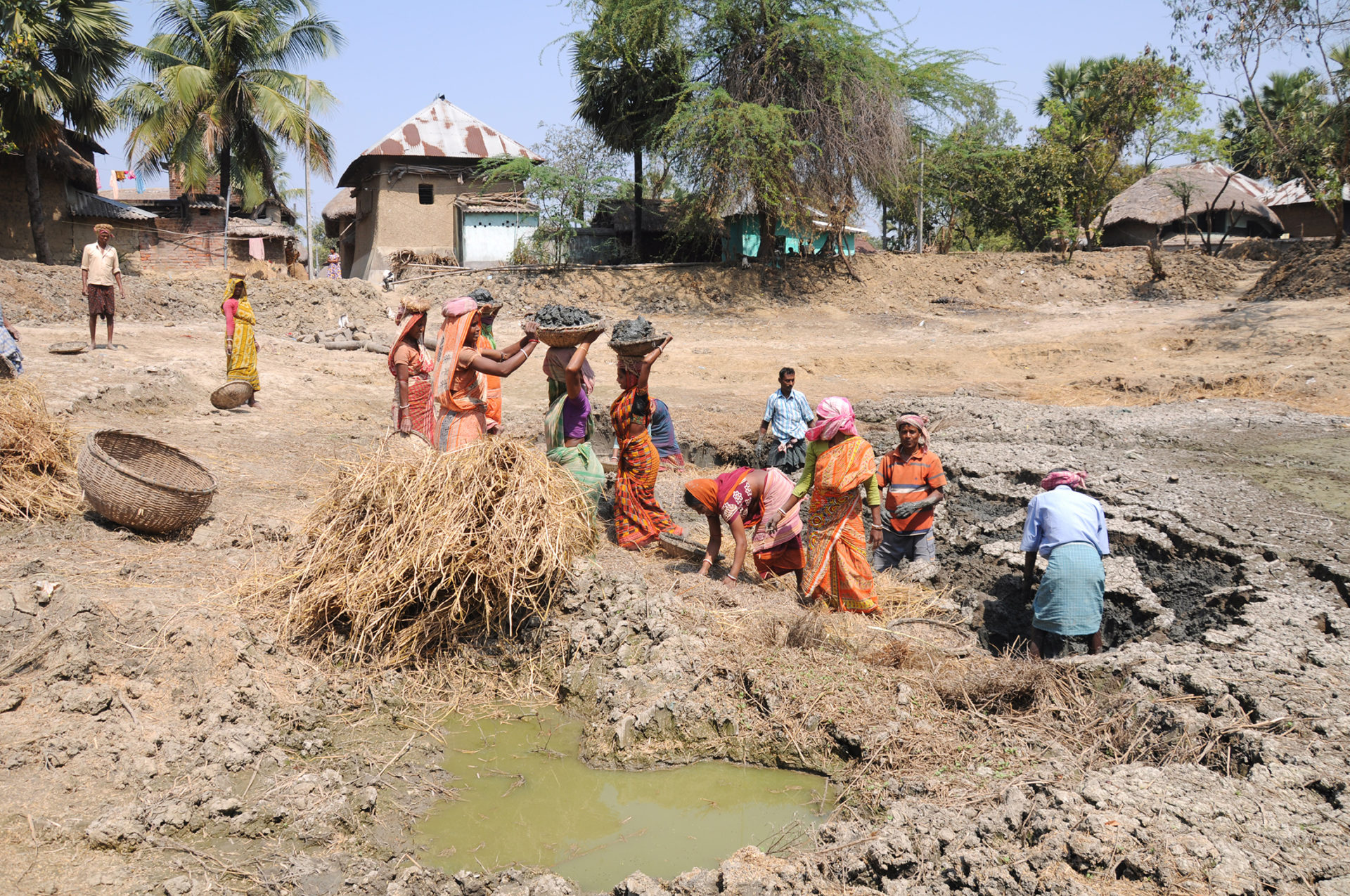As the world faces unprecedented humanitarian need and the U.S. government reforms its foreign institutions and practices, InterAction, with advice and input from its members, has identified key areas where U.S. humanitarian assistance could achieve better outcomes. A series of reforms have improved the global humanitarian system over the past decade, including the Grand Bargain: A Shared Commitment to Better Serve People in Need, a series of commitments to improve humanitarian action that the U.S. helped negotiate and to which it is a signatory party. These commitments – if fulfilled by all parties – stand to yield $1 billion in improved efficiency and effectiveness.
Any financial gains achieved by implementing these recommendations should be channeled back into humanitarian activities to help meet the $11 billion gap in global humanitarian needs and to leverage similar commitments from other donors.

Actions to Date
U.S. government reforms to date have focused upon structural organization of U.S. government agencies and increased burden sharing among international donors. While such changes mark a welcome first step, they must lead to additional reforms that have a greater impact on how assistance is delivered in the field. Additionally, efforts to increase funding from international donors must not become an excuse to withdraw U.S. support to vulnerable populations, particularly considering the massive global gap between humanitarian needs and funding.
To date, the United States has begun to institute the following reforms:
- Creation of the Humanitarian Assistance Steering Council: Announced by Secretary Pompeo in November 2018, the Steering Council is a new senior-level mechanism for coordinating and overseeing U.S. humanitarian assistance, currently co-chaired by the Under Secretary of State for Civilian Security, Democracy, and Human Rights and the Assistant Administrator of USAID for Democracy, Conflict, and Humanitarian Assistance, with representation from other bureaus and offices at State and USAID.
- Elevation of USAID’s Humanitarian Offices into a Bureau: The President proposed this structural reform to Congress in August 2018. It would merge the existing offices of Foreign Disaster Assistance and Food for Peace into a Bureau for Humanitarian Assistance
- New Approach to Relief: This is a series of near-term reforms to address priorities that the State Department laid out in the FY19 Congressional Budget Justification, including increased burden sharing,advancing reform at the UN and other implementing partners, and improved internal coherence within the U.S. government.
- Amplifying U.S. Global Leadership by Optimizing Humanitarian Assistance: The President will propose this series of reforms in his FY2020 budget, looking to capitalize on the shorter-term approach laid out above. The ambition is to spark broader, more fundamental change in the delivery of humanitarian assistance.

Issues for Incoming Congress
While the reforms proposed to date have helped push key areas of shared priority between the administration and NGO community, changes to humanitarian assistance have yet to make an impact in the field or fulfill U.S. commitments to the Grand Bargain. The following series of reforms, if pushed by Congress, may help spur reform discussions beyond structural and burden-sharing issues and into tangible outcomes that would benefit vulnerable populations around the world.
Such potential changes could include:
- Adoption of a needs-based approach to humanitarian assistance that addresses vulnerable populations regardless of their status as refugees, IDPs, or host communities
- Better understanding of costs through increased transparency and timely, harmonized, open high-quality data on humanitarian funding
- Support for national and local actors through greater flexibility in funding mechanisms and increased institutional and programmatic investments in these responders
- Greater adoption of evidence-informed approaches and modalities, such as market-based tools to be as effective and responsive as possible to the needs of affected populations
- Greater efficiencies through decreased reliance on pass-through funding mechanisms and improved partnership agreements
- Completion of multiyear planning and issue of multiyear funding awards that provide predictable funding for partners operating in protracted crises
- More timely response and better value per dollar during sudden onset emergencies through use of pre-approved partners and establishment of vehicles for streamlined distribution of directed funding
- Harmonized and simplified humanitarian application and reporting mechanisms across U.S. agencies and, where applicable, other donor governments
- Better addressing the root causes and the long-term nature of fragility and protracted displacement by emphasizing the resilience of critical service delivery systems
Resources for Congressional Staff
U.S. Government Humanitarian Reform Outcomes. InterAction 2018. Key recommendations for improvements to U.S. humanitarian assistance in terms of efficiency, quality, and effectiveness in addressing modern humanitarian challenges. Recommendations are particularly focused on better outcomes for disaster and conflict-affected people.
